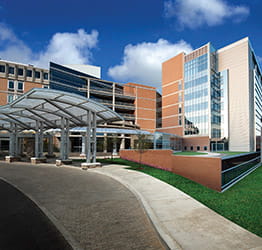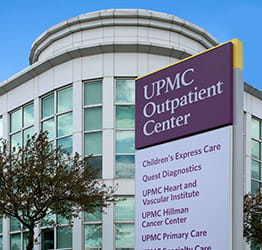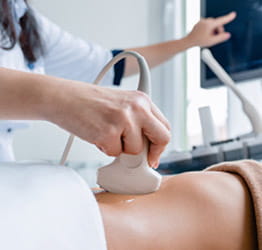What Is Metabolic Dysfunction-Associated Steatosis Liver Disease (MASLD)?
Metabolic dysfunction-associated steatotic liver disease (MASLD) – formally nonalcoholic fatty liver disease (NAFLD) – is a condition in which too much fat collects within the liver in someone who doesn’t drink large amounts of alcohol.
MASLD affects about 30% of people living in the U.S.
Types of MASLD
There are two types of MASLD: steatotic liver disease and metabolic dysfunction-associated steatohepatitis (MASH).
While people will have fat in the liver with both types, they differ in some major ways.
- Steatotic liver disease. People with this type have little or no swelling of the liver and no liver cell damage. MASLD liver disease typically doesn't cause any permanent liver damage.
- MASH. By contrast, people with MASH will have swelling of the liver and liver cell damage. MASH can cause fibrosis (or scarring) of the liver and may lead to cirrhosis or liver cancer.
Causes of MASLD
Experts aren't quite sure what causes MASLD. Research suggests that people are more likely to develop MASLD if they also have other health conditions.
The most common ones include:
- Type-2 diabetes.
- Obesity, especially with a large waist size.
- Insulin resistance or prediabetes.
- Metabolic syndrome.
- High cholesterol (mainly LDL or "bad" cholesterol) or triglyceride levels.
- High blood pressure.
- Sleep apnea.
- Polycystic ovarian disease.
Research suggests that certain genes or having your gallbladder removed may also make you more likely to get MASLD.
Research also links some drugs — including steroids and synthetic estrogen -- to an increased risk of MASLD.
MASLD risk factors and complications
Certain groups of people are more at risk of developing MASLD.
Some studies have shown that MASLD:
- Becomes more common in people over 50.
- Is more common in men.
- Affects people with high blood pressure and/or high cholesterol.
- Occurs more often among people with a Hispanic ethnic background.
- Is higher among those who drink soft drinks with high-fructose corn syrup.
If left untreated, MASLD may lead to swelling and scarring (cirrhosis) in the liver. Over time, it may even lead to liver cancer or liver failure.
How to prevent MASLD
MASLD is most commonly linked to health conditions related to diet and lifestyle.
To reduce your risk of MASLD, you can make choices that reduce your chances of developing those health conditions.
- Maintain a healthy body weight. (A BMI of 25 or more is overweight, while a BMI of 30 or more is obese.)
- Eat more whole, unprocessed foods — such as whole grains, beans, fruits, and veggies — and strictly limit processed and fatty foods.
- Limit daily sugar intake, following guidelines from the American Heart Association. Women should eat no more than 100 calories (25 grams or 6 teaspoons) from added sugar daily. Men should limit added sugars to 150 calories (36 grams or 9 teaspoons) daily.
- Get 30 to 60 minutes of exercise daily. (A brisk walk, swimming, or anything else that raises your heart rate will help.)
You should also reduce or eliminate alcohol, which can also cause fat to build up in the liver.
For more information on how to treat MASLD, visit our UPMC Liver Steatosis and Metabolic Wellness Program website.
Why Choose the UPMC Center for Liver Care for MASLD Care?
Our world-renowned liver care experts:
- Treat the full range of liver conditions including MASLD and offer the latest, cutting-edge treatments.
- Partner with you to provide lifestyle and diet changes, as well as counseling services with mental health experts.
- Work closely with the UPMC Liver Cancer Center and the UPMC Liver Transplant Program. This allows us to provide you with complete and seamless care for any serious complications from MASLD.


















